Learn more about our impact
Learn more about our impact
- What we care about
- People
- Places
- Species
- Climate crisis
- Sustainability
- How we work
- Public policy
- Science
- Business
- Wildlife conservation
About WWF
WWF works to sustain the natural world for the benefit of people and wildlife, collaborating with partners from local to global levels in nearly 100 countries.


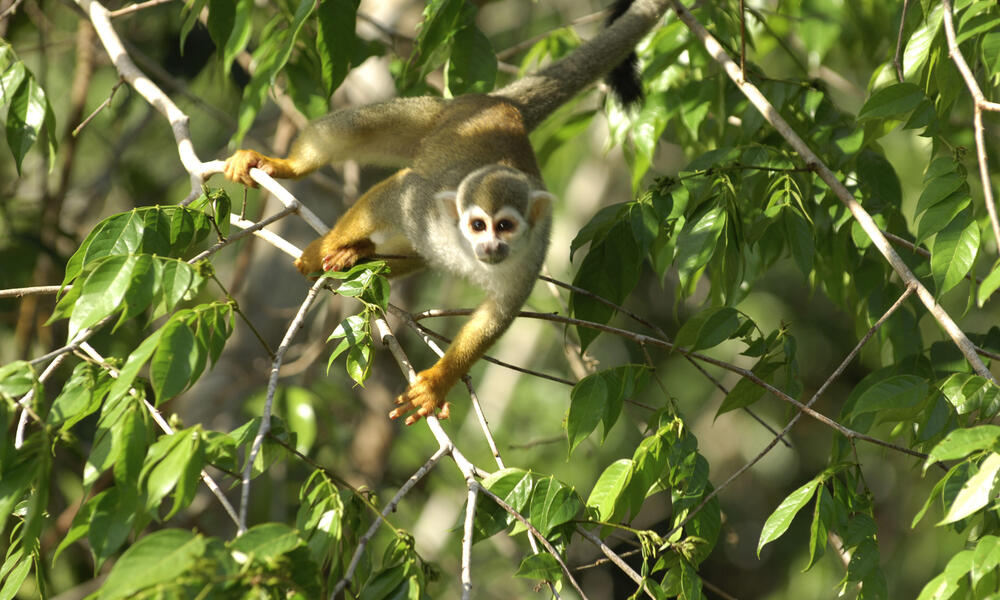
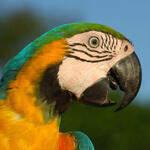 Macaw
Macaw
 Jaguar
Jaguar
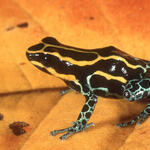 Poison Dart Frog
Poison Dart Frog
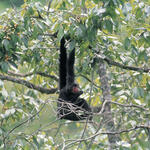 Black Spider Monkey
Black Spider Monkey
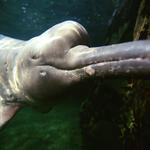 Amazon River Dolphin
Amazon River Dolphin
 Sloth
Sloth
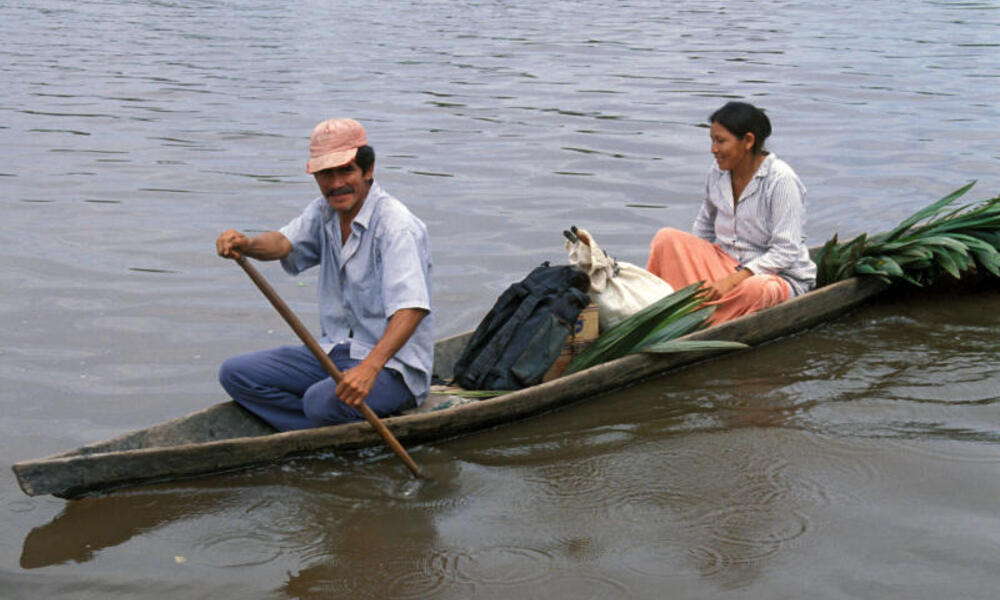
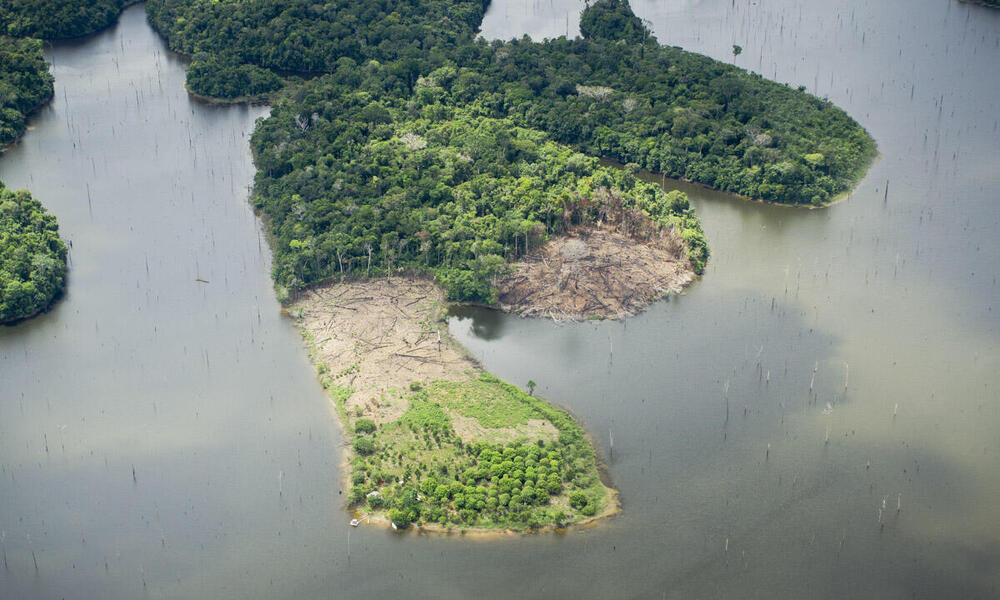
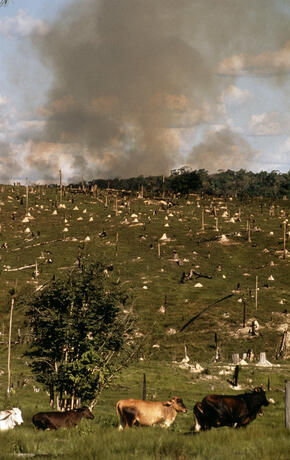

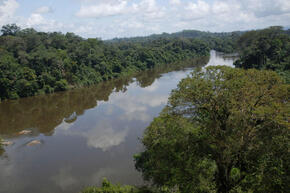
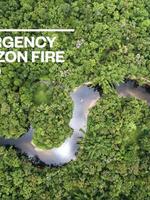
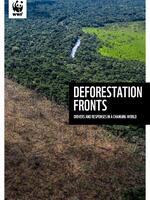
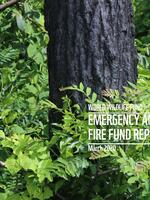
 Meg Symington
Managing Director, Amazon
Meg Symington
Managing Director, Amazon
 Kerry Cesareo
Senior Vice President, Forests
Kerry Cesareo
Senior Vice President, Forests
 Michele Thieme
Deputy Director, Freshwater
Michele Thieme
Deputy Director, Freshwater
 Jason Clay
Senior Vice President, Markets | Executive Director, Markets Institute
Jason Clay
Senior Vice President, Markets | Executive Director, Markets Institute